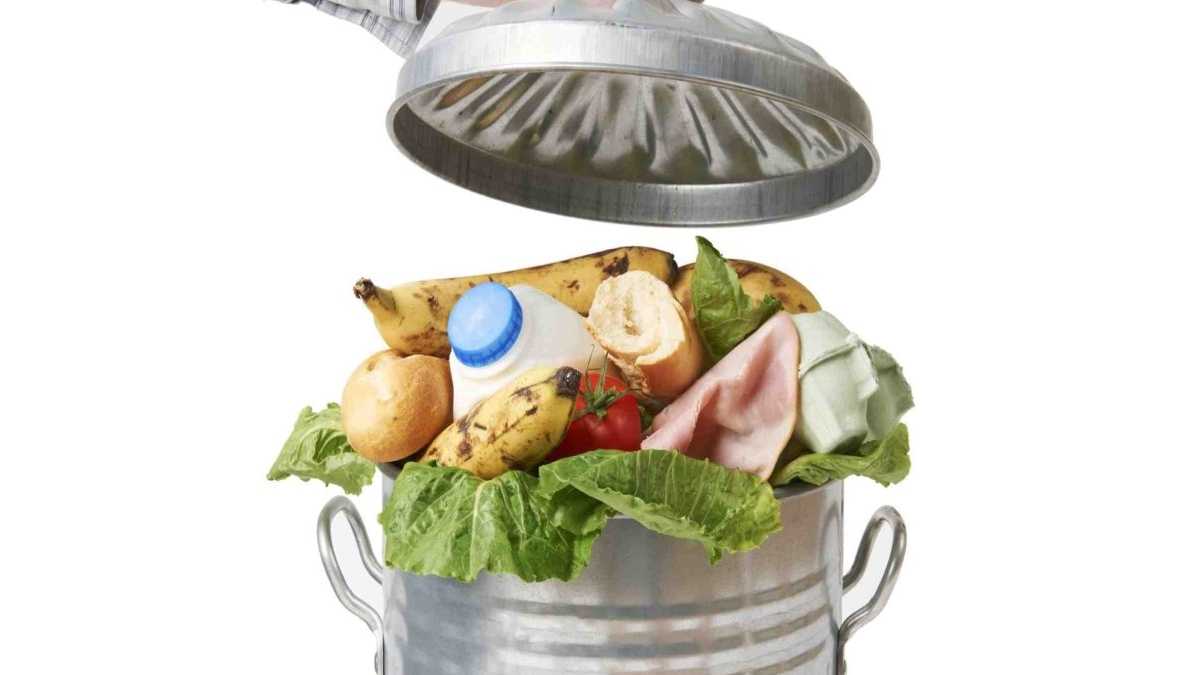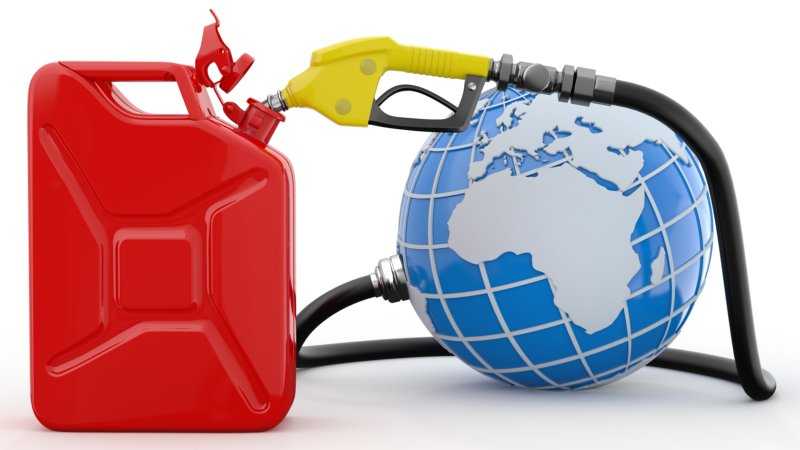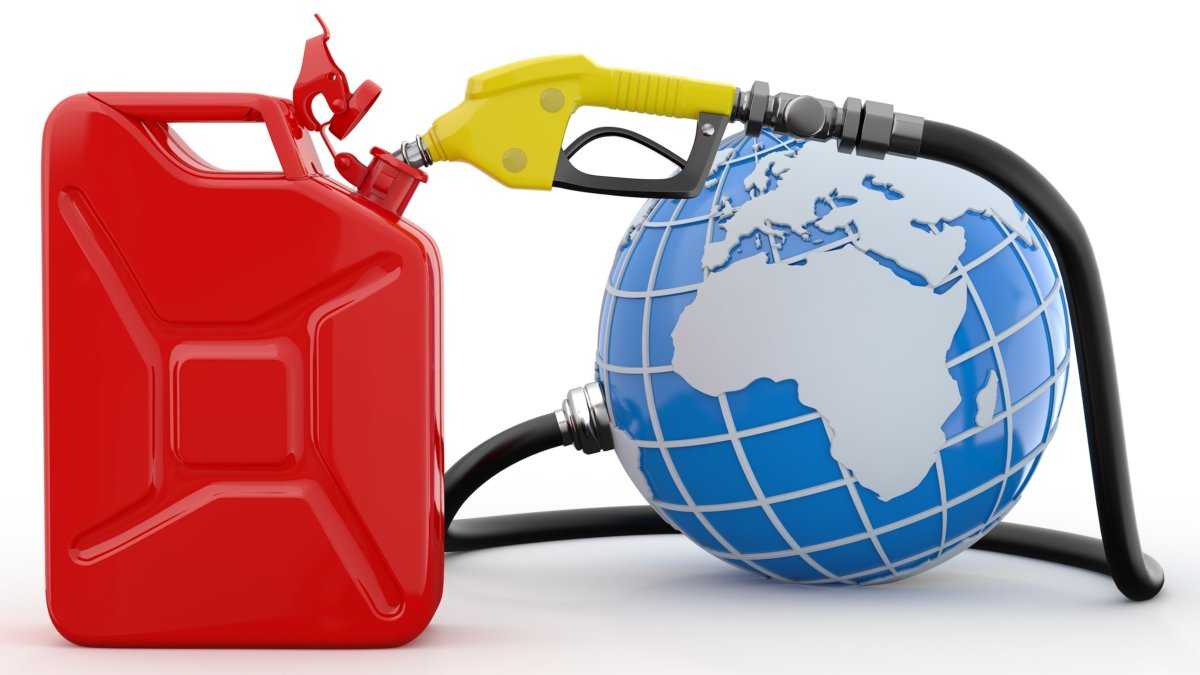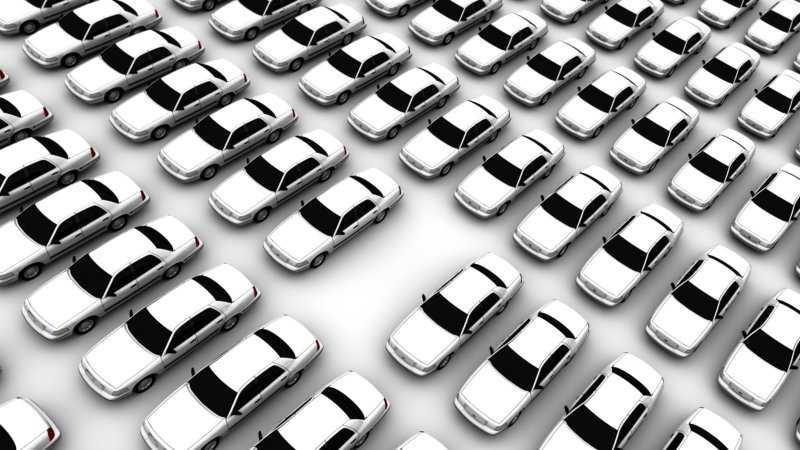Per 20g Protein Serving (1/2 Cup Firm Tofu)
Carbon
Footprint
Square
Footprint
Water
Footprint


0.70 kg CO2e
6.9 ft2
7.1 Gallons


Monthly Choice
Weekly Choice
Daily Choice
Best Choice
Food Waste


Consumers are estimated to waste on average 30.5% of all Tofu purchased (USDA ERS, 2019; based on proxied values of similar foods in the meat, fish, eggs, and nuts category).

Food waste increases the environmental impact of Tofu by 43.9%
Consumers are estimated to waste on average 30.5% of all Tofu purchased (USDA ERS, 2019; based on proxied values of similar foods in the meat, fish, eggs, and nuts category).
Carbon Footprint


If you ate 1/2 cup of Tofu every day for a year, you would use:
7.6
Gallons of Gasoline Equivalent
67.5
kg CO2e

If you ate 1/2 cup of Tofu every day for a year, you would use:
28.7
Gallons of Gasoline Equivalent
255.5
kg CO2e
The Carbon Footprint of Tofu is 0.70 kg CO2e per 1/2 cup. The greenhouse gas emissions of Tofu are 12.5 times lower than a beef burger.
34.7 g CO2e / g protein
7.72 kg CO2e / 2,000 kcal
5.56 kg CO2e / kg
2.52 kg CO2e / lb
160 g protein / kg (Source: Reported by Poore & Nemeck (2018))
1,440 kcal / kg (Source: USDA Food Data Central (2019))
Carbon Footprint of Gasoline: 8.89 kg CO2e / gallon
Based on EIA (2016)
Carbon Footprint of Tofu at Retail: 3.16 kg CO2e / kg
Global weighted average reported by Poore & Nemeck (2018). The study is the most thorough meta-analysis for the environmental impact of food published to date. The value represents 47 Life Cycle Analyses (LCA), mostly in the peer reviewed literature. Individual LCA studies are weighted according to their representativeness of the country they were performed in, as well as that country’s global production. The study re-samples the dataset to fill in gaps for missing data and uncertainty.
Carbon Footprint of Retail to Home: 0.59 kg CO2e / kg
Assumed 1 package (12 ounces) purchased
Carbon Footprint of Cooking: 0.43 kg CO2e / kg
Cooked from 40 degrees refrigerated to 160 degrees internal for 15 minutes on a 1,600 g 12 inch aluminum frying pan on medium heat. For portions serving 5-7 people, a second pan is modeled and total food mass is assumed to be split between the two pans.
Heat capacity reported by Kim et al. (2009) is 3.18 J / g*C
Cooking time based on Pinch of Yum (2020).
For energy use calculators and the proportion of US Household size used to determine cooking proportions, see the “Carbon Footprint of Cooking” page.
Source: Carbon Footprint of Cooking
Carbon Footprint of Consumer Food Loss: 1.27 kg CO2e / kg
Consumer Loss: 30.5%
The food waste of tofu is proxied according to similar foods in the meat, fish, eggs, and nuts average values reported by the USDA ERS (2020) Loss Adjusted Food Availability.
Carbon Footprint of Disposal: 0.10 kg CO2e / kg
30.5% wasted
Source: Carbon Footprint of Food Disposal
Cradle to Grave Carbon Footprint: 5.56 kg CO2e / kg
Additional Assumptions:
Energy use from refrigeration at home is not considered. The electricity load of a refrigerator is considered separate from the foods placed inside of it, because it is assumed that every household has a refrigerator, regardless of how much food is in it. The individual load of opening the refrigerator for one item has been estimated to be around 2 g CO2e / opening (0.02 MJ / opening; Terrell, 2006), and thus does not meet the cutoff for sensitivity of carbon footprints set at 2 significant digits for kg CO2e.
Square Footprint


If you ate 1/2 cup of Tofu every day for a year, you would use:
17
Parking Spaces Equivalent
2,507
ft2

If you ate 1/2 cup of Tofu every day for a year, you would use:
17
Parking Spaces Equivalent
2,507
ft2
The Square Footprint of Tofu is 6.87 ft2 per 1/2 cup. The land use of Tofu is 40.4 times lower than a beef burger.
0.34 ft2 / g protein
75.7 ft2 / 2,000 kcal
54.52 ft2 / kg
24.73 ft2 / lb
160 g protein / kg (Source: Reported by Poore & Nemeck (2018))
1,440 kcal / kg (Source: USDA Food Data Central (2019))
Square Footprint at Retail Gate: 37.89 ft2 / kg
Global weighted average reported by Poore & Nemeck (2018). The study is the most thorough meta-analysis for the environmental impact of food published to date. The value represents 47 Life Cycle Analyses (LCA), mostly in the peer reviewed literature. Individual LCA studies are weighted according to their representativeness of the country they were performed in, as well as that country’s global production. The study re-samples the dataset to fill in gaps for missing data and uncertainty.
Land use includes gross yields, land required for seed, fallow land, and processing losses.
Converted from the value originally reported of 3.52 m2 / kg.
Square Footprint After Food Loss: 54.52 ft2 / kg
The food waste of tofu is proxied according to similar foods in the meat, fish, eggs, and nuts average values reported by the USDA ERS (2020) Loss Adjusted Food Availability.
Total food loss of 30.5% increases the Square Footprint by 16.63 ft2 / kg, or 43.9%.
Water Footprint


If you ate 1/2 cup of Tofu every day for a year, you would use:
17.3
Hours in the Shower Equivalent
2,598
Gallons of Water

If you ate 1/2 cup of Tofu every day for a year, you would use:
17.3
Hours in the Shower Equivalent
2,598
Gallons
The Water Footprint of Tofu is 7.12 gallons per 1/2 cup. The water use of Tofu is 9.5 times lower than a beef burger.
0.35 gallons / g protein
78.5 gallons / 2,000 kcal
56.49 gallons / kg
25.62 gallons / lb
160 g protein / kg (Source: Reported by Poore & Nemeck (2018))
1,440 kcal / kg (Source: USDA Food Data Central (2019))
Water Footprint at Retail Gate: 39.26 gallons / kg
Global weighted average reported by Poore & Nemeck (2018). The study is the most thorough meta-analysis for the environmental impact of food published to date. The value represents 47 Life Cycle Analyses (LCA), mostly in the peer reviewed literature. Individual LCA studies are weighted according to their representativeness of the country they were performed in, as well as that country’s global production. The study re-samples the dataset to fill in gaps for missing data and uncertainty.
Water use includes all irrigation water and water extracted for processing.
Converted from the value originally reported of 148.6 L / kg.
Water Footprint After Food Loss: 56.49 gallons / kg
The food waste of tofu is proxied according to similar foods in the meat, fish, eggs, and nuts average values reported by the USDA ERS (2020) Loss Adjusted Food Availability.
Total food loss of 30.5% increases the Water Footprint by 17.23 gallons / kg, or 43.9%.
References
Energy Information Administration (EIA; February 2, 2016). Carbon Dioxide Emissions Coefficients. See Link to Source
Home Water Works. (2019). Showers. See Link to Source
Kim, Y. T., Kim, H. C., Inada-Kim, M., Jung, S. S., Yun, Y. H., Jho, M. J., & Sandstrom, K. (2009). Evaluation of tissue mimicking quality of tofu for biomedical ultrasound. Ultrasound in medicine & biology, 35(3), 472-481.
Franklin Street. (May 23, 2019). How Large is a Parking Space? See Link to Source
Pinch of Yum. (2020). How to Cook Tofu. See Link to Source
Poore, J., & Nemecek, T. (2018). Reducing food’s environmental impacts through producers and consumers. Science, 360(6392), 987-992.
Terrell, W. (2006). Energy Requirements of Refrigerators Due to Door Opening Conditions. International Refrigeration and Air Conditioning Conference. Paper 836.
The Engineering ToolBox. (2003). Specific Heat of Food and Foodstuff. See Link to Source
USDA ERS: US Department of Agriculture Economic Research Service. (2019). Loss-Adjusted Food Availability. See Link to Source
USDA Food Data Central: US Department of Agriculture – Agricultural Research Service. (April 1, 2019). Tofu, raw, firm, prepared with calcium sulfate. See Link to Source

